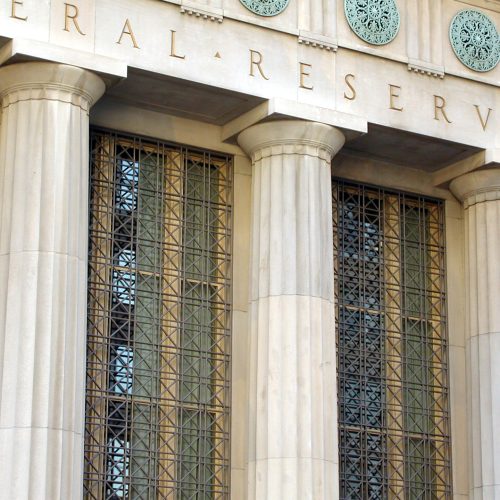
6 Stocks to Invest in if There’s Another Rate Hike
By: admin
Today, on August 31, the initial jobless claims for the week ending August 26 came in at 228,000, below market expectations of 235,000, thereby registering its lowest reading in four weeks.
This has followed further signs of economic slowdown in the form of JOLTS, which showed an unexpected drop in job openings to below 9 million for the first time since March 2021, the latest consumer confidence index, which came in at 106.1, lower than the previous Dow Jones estimate of 116 which was lower-than-expected addition of 177,000 jobs in August according to private payroll data from ADP, and a downward revision in the GDP growth rate for the second quarter.
However, such disappointing updates have been welcomed by market participants spooked by Fed chair Jerome Powell’s message at Jackson Hole in Wyoming on Friday, August 25.
While it was not as brief as last year’s, it was still equally unambiguous. 2% still remains the non-negotiable target for the inflation rate, and the Central Bank is prepared to raise policy rates further if required and hold them higher for longer until it is confident of sustained price stability.
While the 12-month PCE has since declined to 3% percent as of July from its peak of 7% in June 2022 due to a significant unwinding of the demand-supply imbalance, however, the core PCE, which excludes volatile food and energy prices and includes inflation for goods, housing services, and all other services, came in at 4.3% in July, indicating that there is significantly more ground left to cover through monetary policy tightening.
In such a scenario, despite increased optimism, businesses are expected to remain weighed down by high borrowing costs, and economic activity is expected to remain stifled due to relatively scarce credit.
Moreover, with every increase in benchmark interest rates, a selloff of long-duration fixed-income instruments, such as the 10-year treasury notes, gets triggered, which causes a slump in their market value and a consequent increase in their yields. This also increases the benchmark 30-year mortgage rates, thereby depressing demand and deepening the crisis in which real estate has lately been finding itself.
An increase in borrowing costs would not just raise the cost of servicing the $32.7 trillion national debt; significant markdowns and prices of legacy bonds could crush the loan portfolios of banks that could share the same fate as the Silicon Valley Bank and the First Republic Bank. In this context, S&P’s move to downgrade multiple U.S. banks citing ‘tough’ operating conditions hardly comes as a surprise.
Speaking of banks, the Bank of Japan’s policy tweak loosened its yield curve control, sparking widespread shock in the markets. To compound the miseries further…
Continue reading at INO.com
